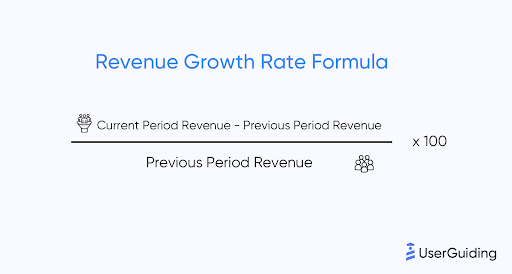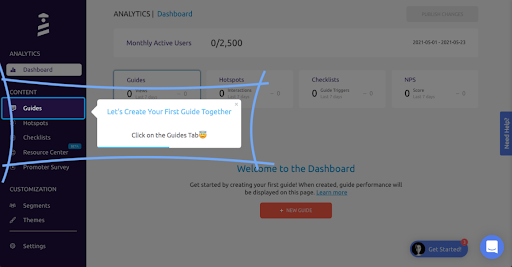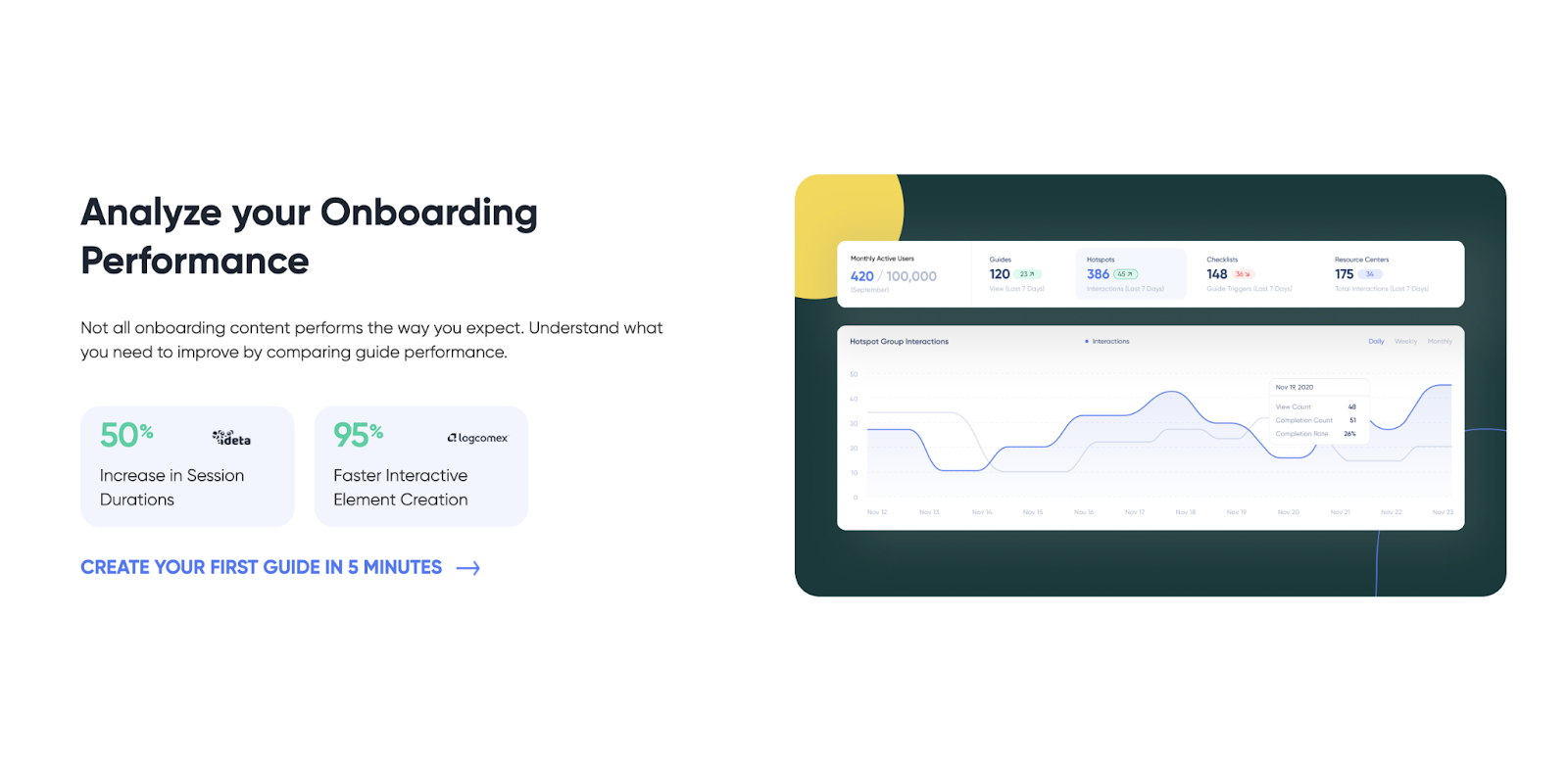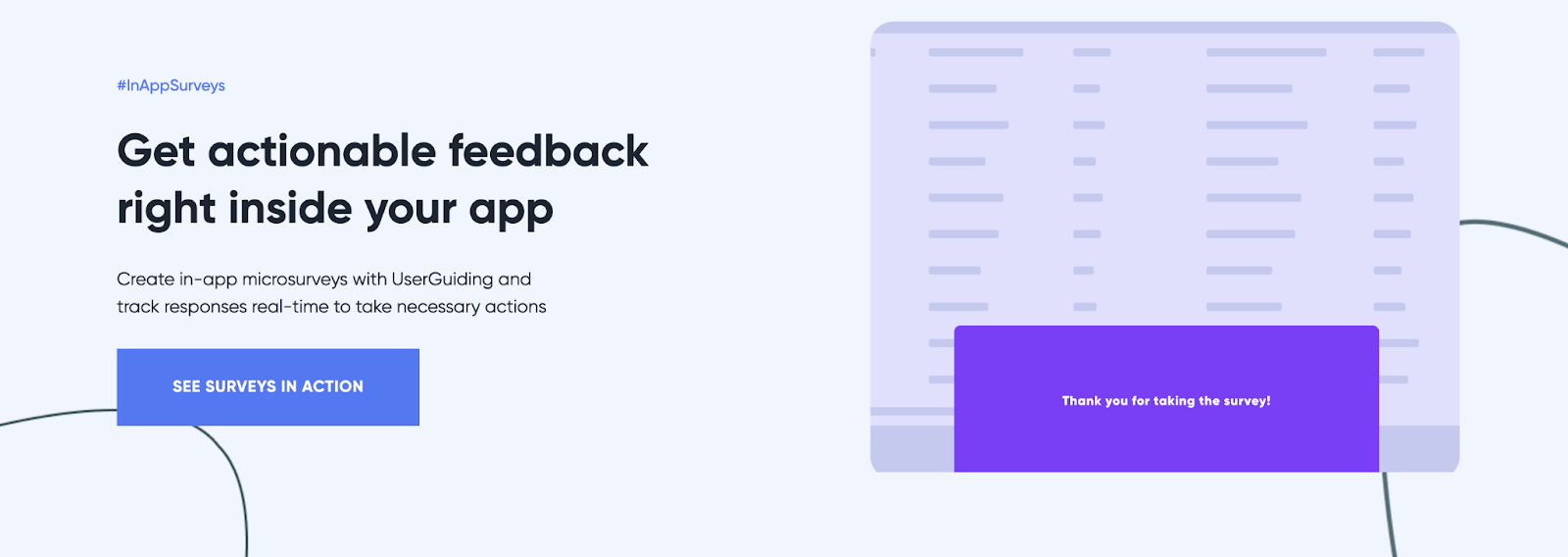

Are you struggling to make sense of fluctuating numbers?
Feeling the pressure to set realistic targets or measure your success against industry standards?
This guide is your roadmap to understanding revenue growth—why it matters and how you can boost it.
We'll break down the essentials, tackle your biggest challenges, and give you the tools to drive sustainable growth and hit your financial goals.
Ready to take off when you are. 🎯
TL;DR
- Revenue growth refers to the increase in a company’s sales over a specific period and is a critical metric for assessing business health and performance.
- Different industries have varying benchmarks for good growth rates: some text
- tech and SaaS often see 20-40% growth,
- retail 5-15%,
- healthcare 5-10%,
- financial services 3-10%, and
- manufacturing 2-7%.
- Tracking revenue growth helps businesses benchmark performance, identify growth trends, assess overall health, and evaluate the effectiveness of strategic initiatives.
- By monitoring revenue growth, companies gain valuable insights into customer behavior, business performance, and market positioning, which can guide strategic decisions.
- Tools like UserGuiding can help improve revenue growth through better user onboarding, personalized engagement, increased feature adoption, improved customer support, and actionable analytics.
- UserGuiding’s features reduce churn and help you retain more customers by proactively addressing user issues and enhancing the overall experience.
What is Revenue Growth?
Revenue growth refers to the increase in a company’s sales over a specific period, usually expressed as a percentage.
It is a key indicator of business performance, reflecting how effectively a company is expanding its market share, acquiring new customers, or increasing sales to existing ones.
This growth is critical for businesses seeking to
- improve profitability,
- invest in new opportunities,
- or simply stay competitive.
Various factors can impact your revenue growth, including market conditions, product or service innovation, sales strategies, and customer satisfaction.
Understanding revenue growth helps you set benchmarks, assess performance, and develop strategies to drive future success.
Revenue Growth Rate Formula
The revenue growth rate is calculated using a straightforward formula:

Here’s a breakdown of the formula:
- Determine the revenue for two periods: Identify the revenue figures for the current period and the previous period.
- Subtract the previous period revenue from the current period revenue: This gives you the absolute change in revenue.
- Divide the absolute change by the previous period revenue: This calculates the growth rate as a fraction of the previous period’s revenue.
- Multiply by 100 to get a percentage: This final step converts the fraction into a percentage, representing the growth rate.
What is a Good Revenue Growth Rate for Different Industries?
Revenue growth expectations vary significantly across different industries, driven by factors such as market maturity, competition, and economic conditions.
Here’s a snapshot of what constitutes a good revenue growth rate in various sectors:
- Technology and SaaS (Software as a Service): Rapid growth is often expected, with companies frequently aiming for annual growth rates of 20% to 40% or more.
The tech industry is characterized by high innovation and scalability, which can drive substantial revenue increases.
- Retail: Retail businesses typically see moderate growth rates, often ranging from 5% to 15% annually.
Factors like seasonal trends, consumer spending habits, and market saturation impact these figures.
- Healthcare: In healthcare, growth rates can vary widely.
Established healthcare providers may see growth rates of 5% to 10%, while startups and biotech firms may experience much higher rates due to new treatments and technologies.
- Financial Services: Growth in financial services is generally more stable, with a typical range of 3% to 10%.
The industry is heavily regulated, and growth can be influenced by economic conditions and interest rates.
- Manufacturing: Growth rates in manufacturing can be modest, often between 2% and 7%, reflecting the industry's mature nature and cyclical nature.
Which Insights You Will Get When You Track Revenue Growth Rate?
Tracking your revenue growth rate provides you with a wealth of insights that can profoundly impact your business strategy and operational efficiency.
Understanding these insights helps you to not only gauge your company’s performance but also to make informed decisions that drive future success.
Here’s a closer look at what you can discover by closely monitoring this crucial metric:
1. Performance Benchmarking
📈By tracking your revenue growth rate, you can benchmark your performance against industry standards and competitors.
This comparison helps you understand where you stand in the market and whether your growth is on par with industry expectations.
It’s a powerful tool for assessing your company’s competitive position and identifying areas for improvement.
2. Identifying Growth Trends
Monitoring revenue growth over time reveals valuable trends and patterns in your business performance.
These trends can highlight periods of accelerated growth or potential downturns, allowing you to adjust strategies proactively.
For instance, if you notice a consistent decline in growth rate, it could signal underlying issues such as market saturation or ineffective sales strategies.
3. Assessing Business Health
A steady and positive revenue growth rate often indicates a healthy and thriving business.
Conversely, stagnation or negative growth can be a red flag, suggesting problems that need addressing.
Tracking this metric helps you gauge the overall health of your business and make necessary adjustments to maintain or improve financial stability.
4. Evaluating Strategic Initiatives
Revenue growth rate provides insight into the effectiveness of your strategic initiatives, such as marketing campaigns, product launches, or expansion efforts.
By analyzing growth before and after implementing these strategies, you can measure their impact and refine your approach based on what works best for driving revenue.
5. Forecasting Future Performance
Understanding your revenue growth rate helps in forecasting future performance and setting realistic goals.
Historical data on revenue growth can inform your financial projections and budget planning, providing a clearer picture of what to expect and how to prepare for potential challenges or opportunities.
6. Resource Allocation
Insights from your revenue growth rate can guide resource allocation decisions.
🤔For example, if certain product lines or market segments are driving higher growth, you might choose to allocate more resources to those areas.
Conversely, if growth is lagging in specific regions or product categories, it could prompt a reevaluation of your resource distribution.
7. Customer Insights
Tracking revenue growth can also shed light on customer behavior and preferences.
A rise in revenue might indicate successful customer acquisition or increased spend per customer, while a drop could suggest issues with customer retention or satisfaction.
Understanding these dynamics helps tailor your offerings and improve customer engagement strategies.
8. Investor Relations
For businesses seeking investment or reporting to stakeholders, a clear understanding of the revenue growth rate is crucial.
It provides a transparent view of your financial performance and growth trajectory, which can enhance investor confidence and support your case for funding or strategic partnerships.
🏆By keeping a close eye on your revenue growth rate, you gain valuable insights into various aspects of your business, from performance benchmarking and strategic effectiveness to forecasting and resource allocation.
How Can UserGuiding Help You Improve Revenue Growth Rate?
UserGuiding is a powerful tool designed to enhance user onboarding, engagement, and overall experience, which can significantly impact your revenue growth rate.
By leveraging UserGuiding’s features effectively, you can address various aspects of customer interaction and conversion, ultimately driving more revenue.
Here’s a breakdown of how UserGuiding can contribute to improving your revenue growth rate, along with key features and use cases that can make a difference:
1. Enhanced Onboarding Experience
Feature: Interactive Product Tours and In-App Guides

Use Case: UserGuiding’s interactive product tours and in-app guides are designed to streamline the onboarding process for new users.
By providing clear, step-by-step guidance, you can reduce the learning curve and help users quickly understand the value of your product.
How It Helps: A smoother onboarding experience increases user satisfaction and reduces churn rates.
When users are more comfortable and engaged from the start, they are more likely to explore and utilize your product’s features fully, leading to higher conversion rates and long-term revenue growth.
2. Personalized User Engagement
Feature: Targeted Walkthroughs and Segmentation
Use Case: UserGuiding allows you to create targeted walkthroughs and personalized in-app messages based on user behavior and segmentations.
For example, you can tailor guides and tips based on a user’s role, usage patterns, or subscription level.
How It Helps: Personalizing the user experience ensures that users receive relevant information and support, which can drive higher engagement and retention.
Increased engagement often leads to more upsell opportunities and customer loyalty, contributing to revenue growth.
3. Increased Feature Adoption
Feature: Feature Adoption Campaigns and Nudge Notifications

Use Case: Use UserGuiding’s feature adoption campaigns and nudge notifications to highlight and encourage the use of new or underutilized features.
You can create campaigns that guide users through these features and demonstrate their benefits.
How It Helps: Promoting the adoption of high-value features can increase the perceived value of your product and encourage users to upgrade to higher-tier plans.
As users leverage more features, they are likely to see greater benefits, which can drive revenue growth through upsells and cross-sells.
4. Improved Customer Support
Feature: Help Centers and FAQs

Use Case: UserGuiding’s help centers and FAQs can be customized to address common questions and issues users face.
Providing readily accessible support resources helps users resolve problems independently and quickly.
How It Helps: Effective self-service support reduces the number of support tickets and enhances the user experience.
Satisfied customers are more likely to continue using your product and recommend it to others, which can lead to increased revenue through referrals and customer retention.
5. Actionable Analytics and Insights
Feature: In-Depth Analytics and User Behavior Tracking

Use Case: UserGuiding offers analytics and tracking features that allow you to monitor user interactions, feature usage, and onboarding success.
These insights help you identify trends and areas where users may be struggling.
How It Helps: By analyzing user behavior, you can make data-driven decisions to optimize onboarding flows, improve feature adoption, and address pain points.
Enhanced product experiences based on these insights can lead to higher user satisfaction and increased revenue.
6. Reduced Churn
Feature: Engagement Metrics and Feedback Collection

Use Case: UserGuiding helps you track engagement metrics and gather user feedback through surveys and in-app polls.
By understanding user satisfaction and identifying potential issues, you can address problems before they lead to churn.
How It Helps: Proactively addressing user concerns and improving the overall experience reduces the likelihood of churn.
Lower churn rates mean retaining more customers and increasing the lifetime value of each customer, which supports revenue growth.
Wrapping Up For Today
Growing your revenue doesn’t have to feel like climbing a mountain in flip-flops.
With the right mix of strategy, insight, and tools like UserGuiding, you’ve got everything you need to take your business to new heights.
Think of revenue growth as a puzzle – every piece you put in place brings the bigger picture into focus.
So keep experimenting, keep optimizing, and enjoy the ride.
After all, growth is all about progress, not perfection, and you’re well on your way to making it happen!

















.svg)
.svg)
.svg)
.svg)
.svg)

.svg)
.svg)












.svg)
.svg)




.png)
















